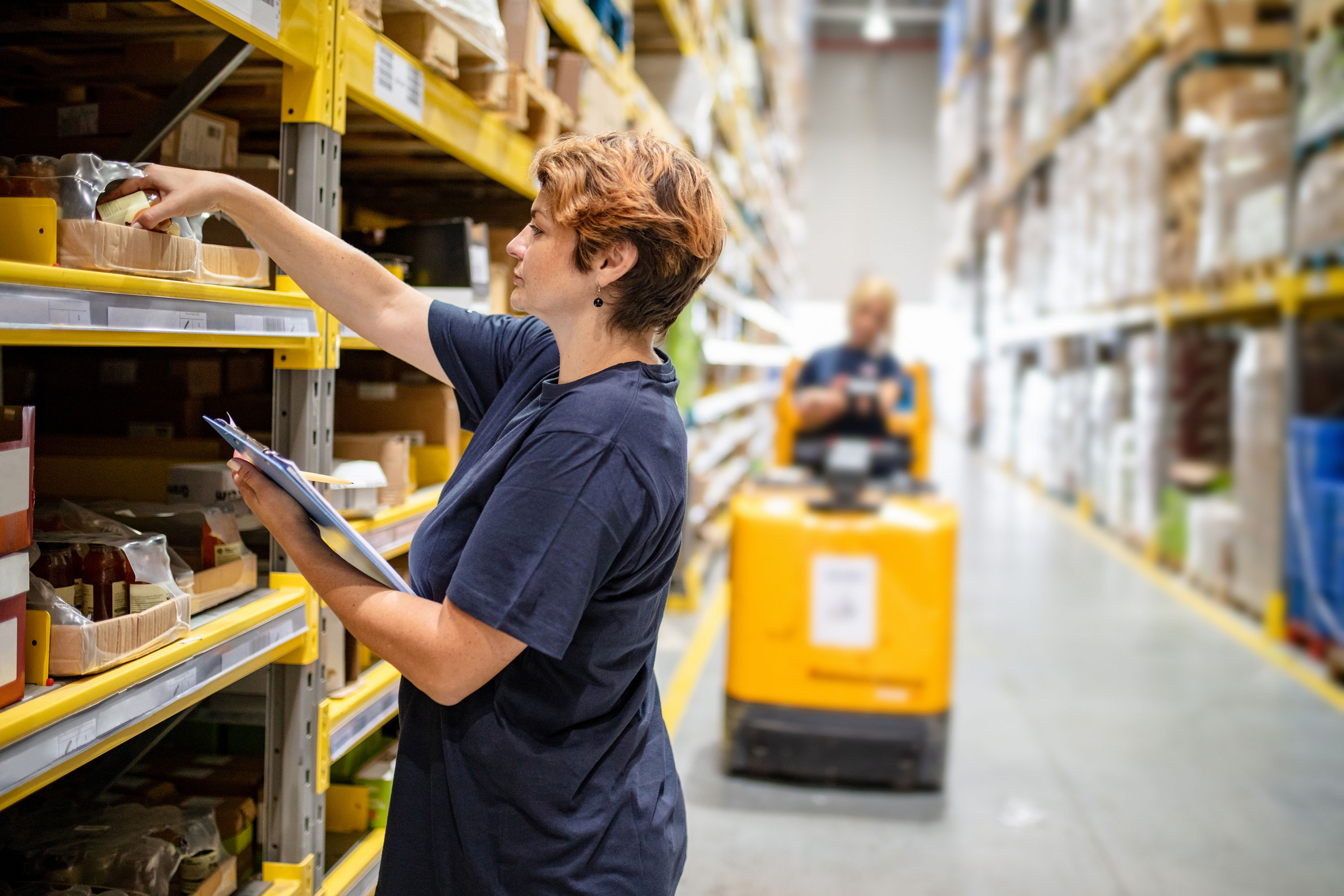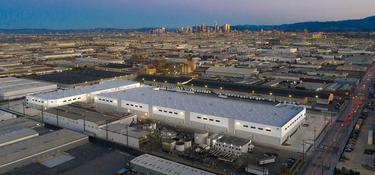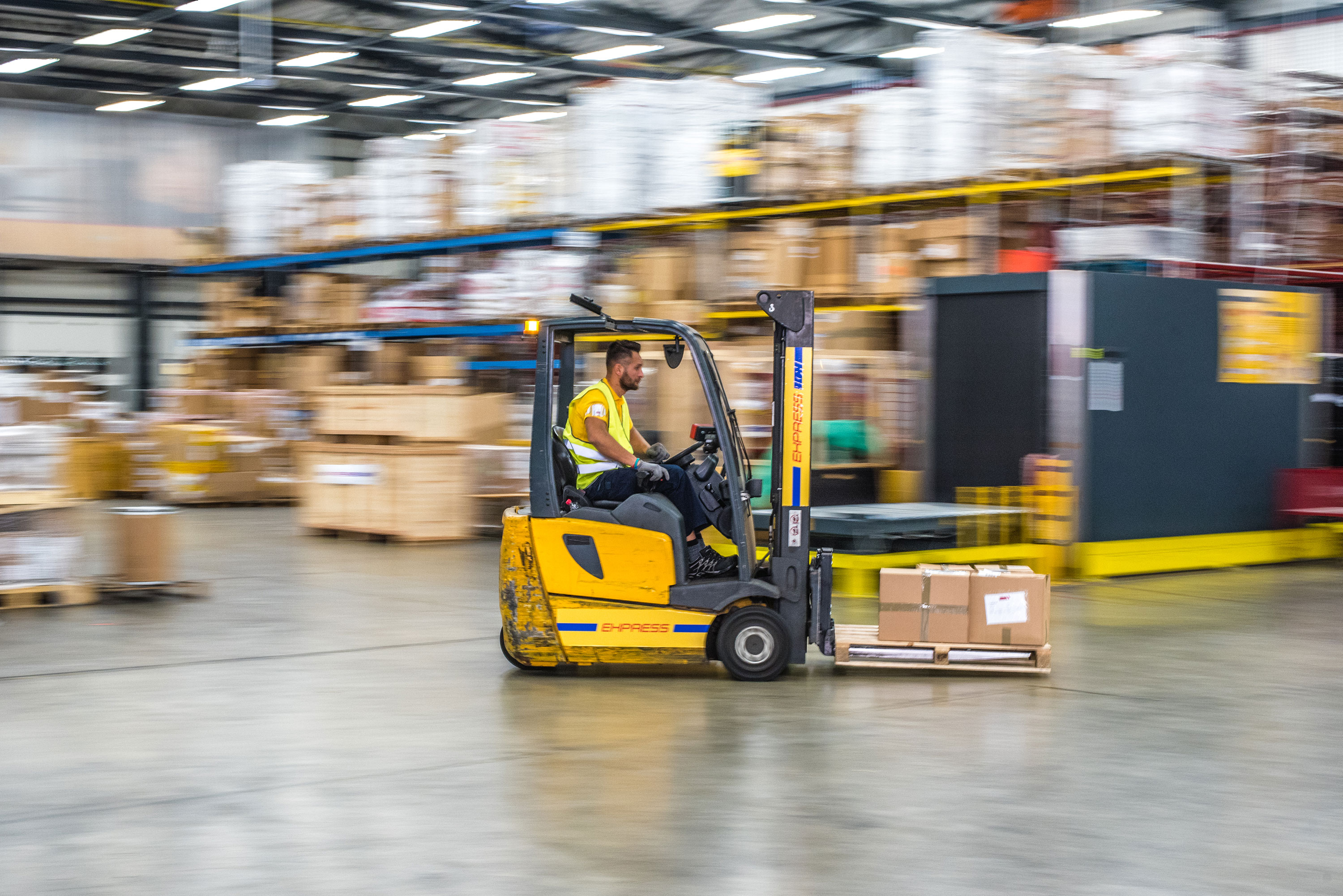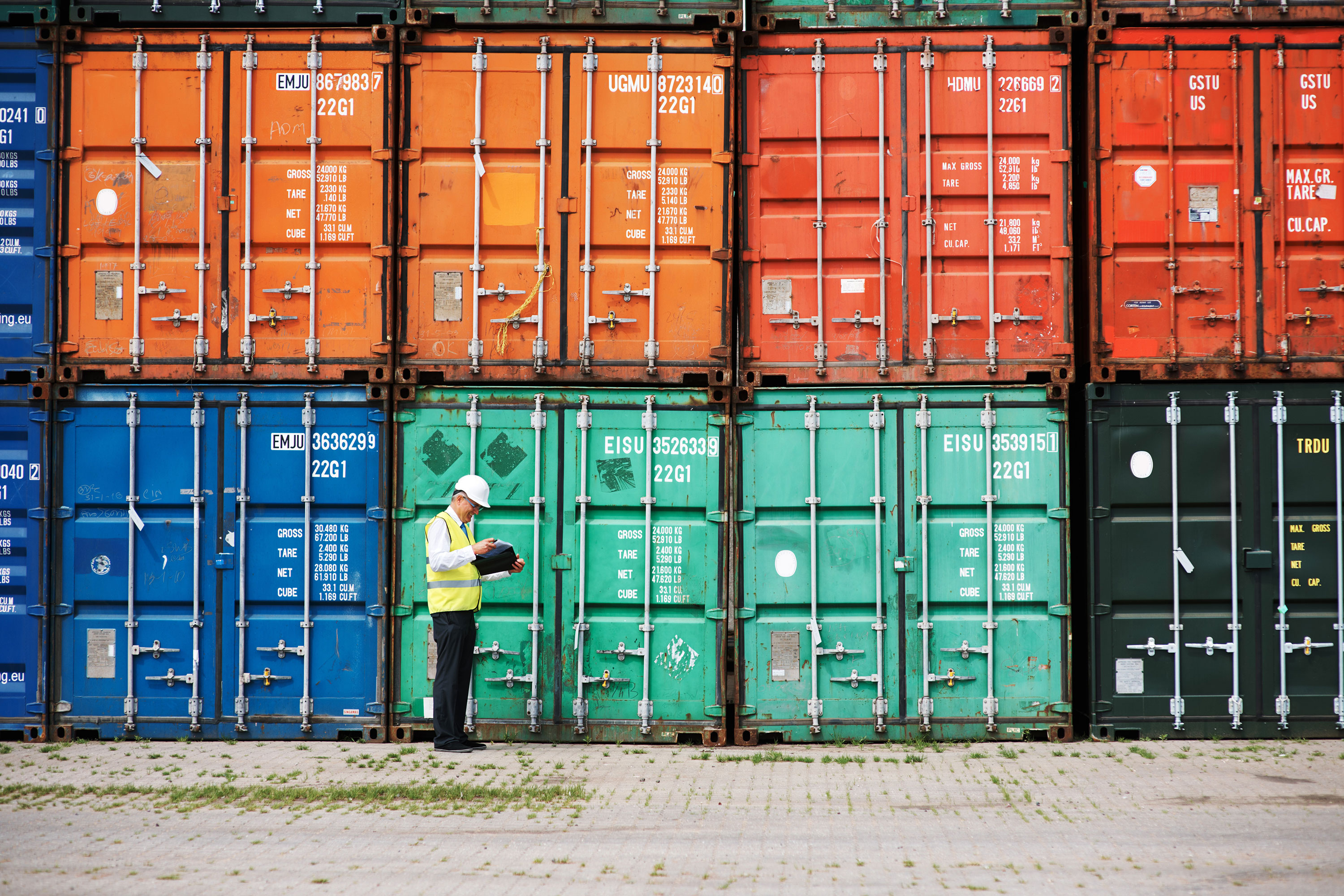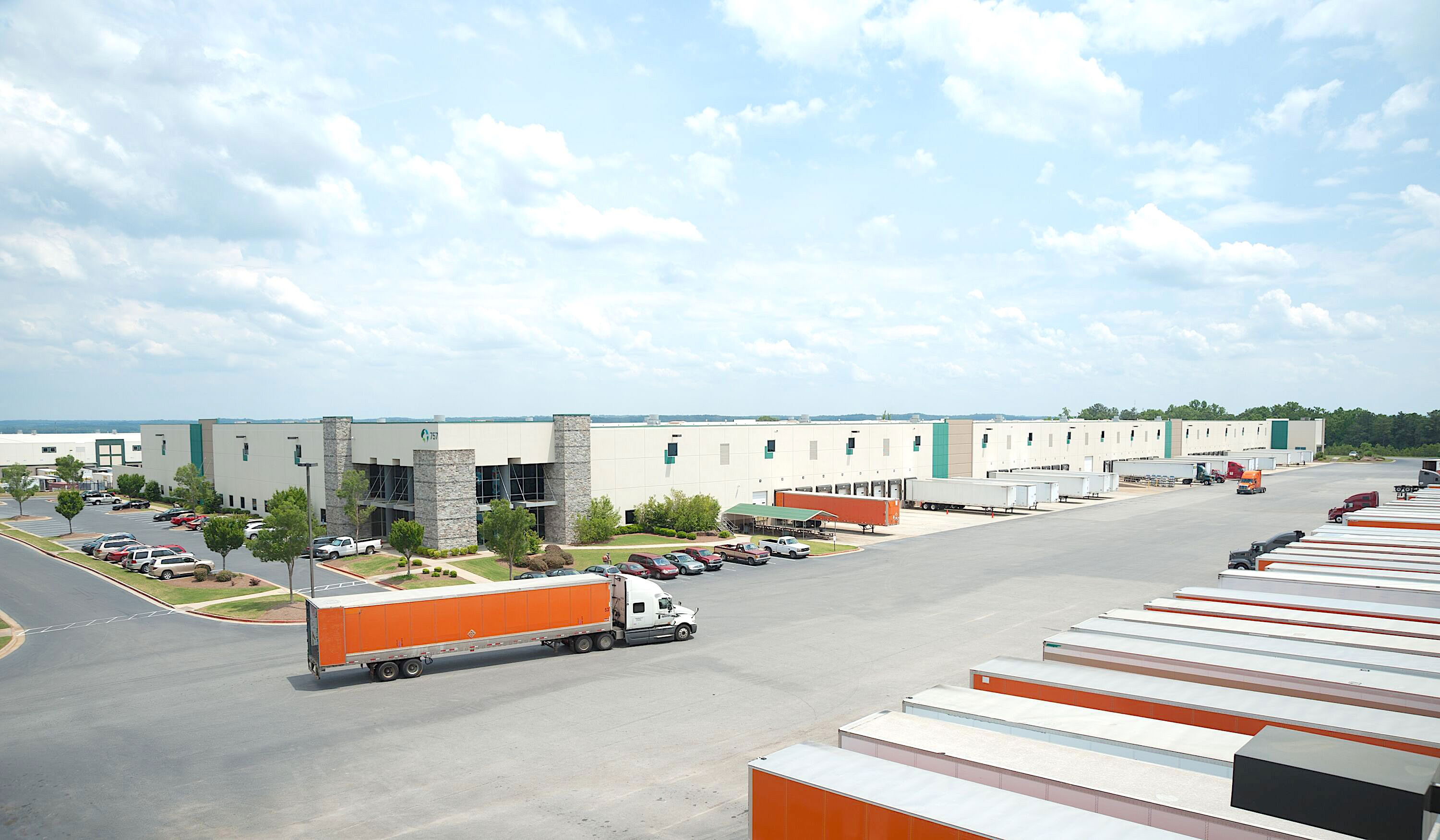
With its unique view into the interconnected nature of global trade, Prologis commissioned independent advisory firm Oxford Economics (OE) to conduct an economic impact analysis to examine how its business operations and its customers’ activity together contribute to the global economy. Phase 1 of the Future Flow of Goods study was conducted in 2017. Phase 2 was conducted in July 2020. Phase 3 was updated in December 2022 to reflect Prologis’ growth and changes in the logistics real estate landscape.
Download the executive summary.
Download the full report.
Here is what we discovered:
